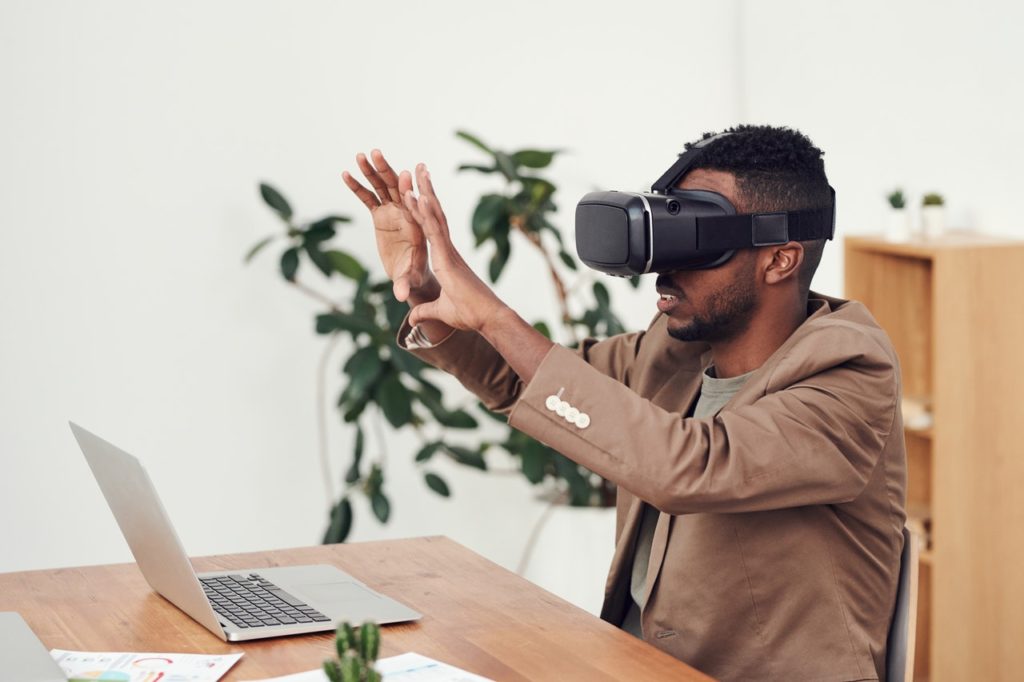Decorating one’s home is not as easy as it sounds. That is why many homeowners hire professionals to create a space that not only feels cozy and comfortable but also perfectly captures the style and essence that the client wants. It is not as easy as shopping for whichever furniture and decor are cute. There are different factors to consider, such as the size of the space, windows, doors, the function the room will serve, the personality and personal preferences of the homeowners, the amount of natural light it gets, etc.
Through time, technology has evolved to help homeowners and designers improve the process of remodeling a house. Pinterest serves as a digital visual board where homeowners and designers can seek inspiration and help envision how the space will turn out. Of course, e-commerce has made shopping for the right furniture or decor so much easier. Whether you are looking for a new piece or a thrift item, you can go online, type a keyword, and be presented with a myriad of options.
Soon, augmented reality (AR) could be more common in interior design.
Augmented Reality: Mixing Digital and Real World
AR is no new technology. Many other industries have been experimenting and implementing it. Snapchat, for example, is a messaging app famous for its disappearing message and images as well as filters that overlay graphics on a user’s selfie. More recently, the company, Snap, unveiled Spectacles, an immersive augmented reality goggle that applies graphics over the world around you. Google also toyed with AR with its own smart glasses, which had a floating screen in front of the wearer’s eyes to allow them to access information while they navigate the real world. Although commercially, consumers were not ready for it, it found fans in manufacturing and other industries.
Beyond the tech industry, AR has also been utilized in various ways. Retailers have integrated AR to improve the experience of shopping, especially online.
LCST Lacoste has an AR mobile app that allows customers to try products virtually. It is currently the best way for retailers to mimic the experience of buying in-store through e-commerce.
American Apparel also featured AR in its mobile app. The shopper can open their smartphone camera and scan in-store images to access information about products.

AR in Interior Design
AR, too, is increasingly being utilized in interior design. The industry is perfect because it allows people to visualize a plan before any work is done. It can save everyone time, energy, money, and materials.
Take, for example, a closet design franchise opportunity. AR could allow contractors to develop a digital mock-up of the closet and show the client how it will look in their space. The client no longer has to imagine it. They will have the chance to see the product and make adjustments if necessary. It sets a more realistic expectation.
The same can be done with other factors such as wall paint color or furniture. The popular paint brands Behr and Sherwin-Williams have their own apps that allow customers to test out their products virtually. Although paint samples are readily available from stores, it is faster and more convenient to try out a wide range of colors in a room through AR. Home Depot, too, has Project Color, which offers customers an opportunity to try and choose from various paint colors across all brands. You would not have to lift a paintbrush.
Famous furniture and decor retailers also take advantage of the technology to promote their products. Shopping on the Wayfair app, customers can sample a piece of furniture at home. Tap the View Room in the 3D button below the product photo to see how it will look inside your living room or bedroom. Just point the camera lens where you plan to place the furniture. You will get a life-size version of the furniture.
Planner 5D, a home design app, offers 2D and 3D modes for homeowners and designers to create floor plans. Anyone can use it to build a digital version of their house which they can then alter by adding or removing windows, doors, arches, and other features. If you have a pair of Google VR headsets, you can even explore the house in immersive 3D.
AR is not new, but it seems to be everywhere now. More businesses incorporate the technology in their mobile apps and in-store experience to boost customer engagement and sales. The home renovation and interior design industry can significantly benefit from the implementation of AR.








